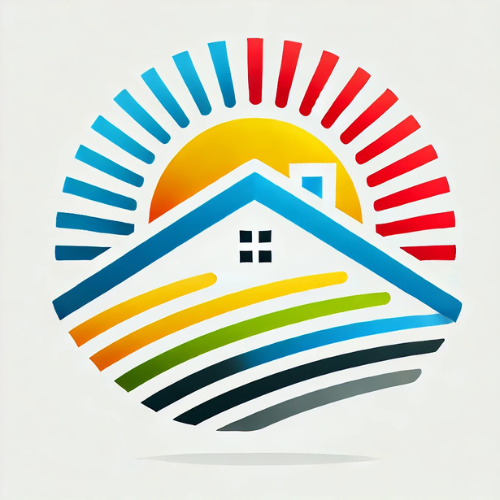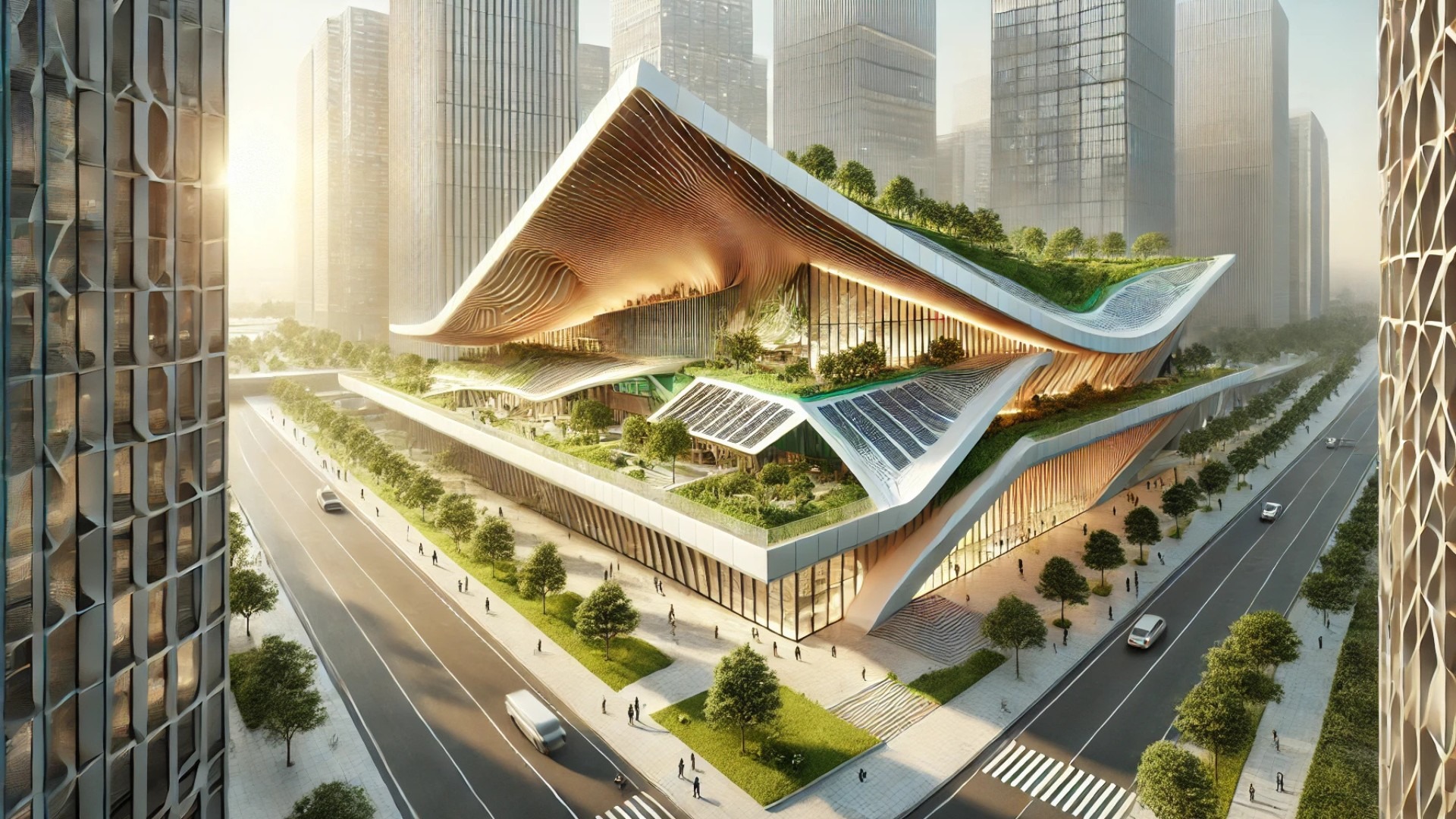
LEED v5: What It Means for the Future of Energy-Efficient Design
The recent launch of LEED v5 marks a significant evolution in the standards for energy-efficient design, influencing the architecture and construction industries profoundly. As the world grapples with climate change and energy resource challenges, this updated certification program emphasizes not only energy conservation but also materials that enhance longevity and performance, like Exterior Insulation and Finish Systems (EIFS).
Why EIFS is at the Forefront of LEED v5
EIFS has long been recognized for its superior insulation and energy-saving characteristics. With LEED v5's focused attention on environmental impact, the systems offer robust solutions that align with the certification's goals. By effectively limiting thermal bridging and promoting energy efficiency, EIFS can contribute to the attainment of LEED credits for design projects.
The Societal Implications of Upgraded Standards
As LEED v5 encourages designers to adopt stricter energy standards and integrate sustainable materials, it also urges society to reconsider its values around construction and energy use. The collective push for energy efficiency not only enhances performance and comfort in buildings but can also become a pivotal factor in how communities engage with their built environment.
Investment Considerations: How LEED v5 Enhances ROI
The emphasis on LEED certification is also a compelling factor for investors changing their perspectives on real estate. Properties designed with LEED v5 compliance may command higher market values due to their inherent energy efficiency and lower operational costs. Furthermore, the potential for tax incentives related to sustainable practices can yield a significant return on investment for property developers.
Future Trends and Predictions in Architectural Design
Looking forward, the architectural landscape is expected to shift in response to the standards set by LEED v5. Designers and builders focusing on integrating sustainable, energy-efficient technologies will likely see increased client demand. Additionally, the use of cutting-edge materials like EIFS will pave the way for innovative solutions in achieving the rigorous standards outlined by LEED v5.
Conclusion: Action Steps for Professionals
For industry professionals, embracing LEED v5 certification can be transformative. By staying informed about changes in eligibility and potential benefits, architects, investors, and builders can enhance their projects' sustainability footprints. Integrating advanced materials like EIFS not only helps meet these stringent standards but also positions projects favorably in the ever-competitive real estate market.
 Add Row
Add Row  Add
Add 






Write A Comment